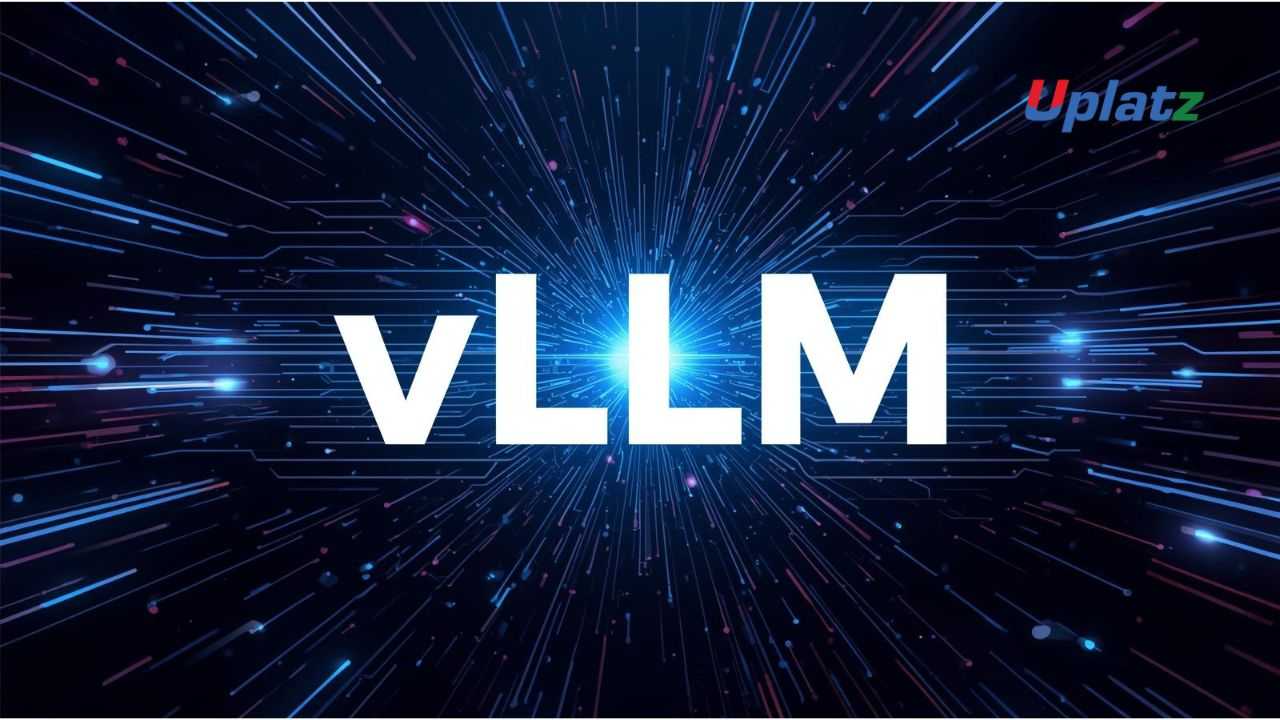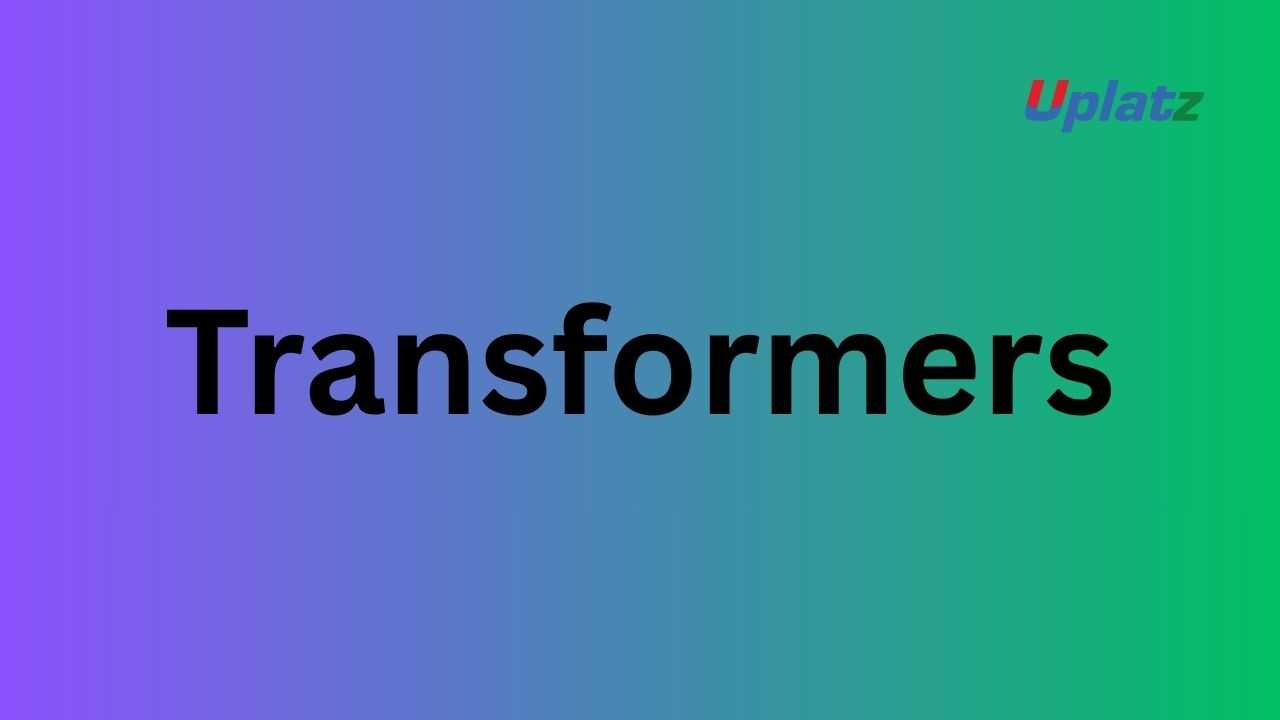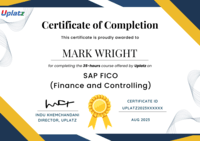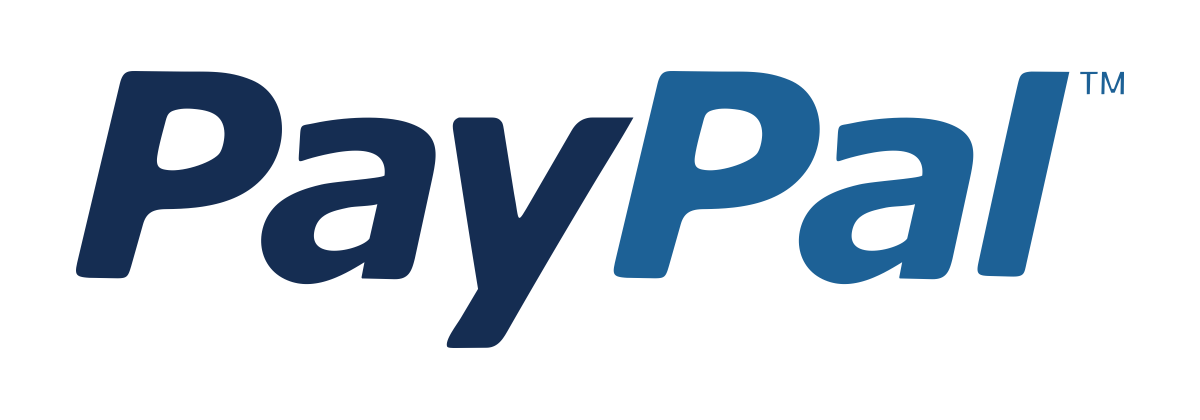Ray Serve
Master Ray Serve to deploy, scale, and manage machine learning and LLM workloads in production using distributed computing and high-performance model Price Match Guarantee
Full Lifetime Access
Access on any Device
Technical Support
Secure Checkout
Course Completion Certificate
Price Match Guarantee
Full Lifetime Access
Access on any Device
Technical Support
Secure Checkout
Course Completion Certificate
 97% Started a new career
BUY THIS COURSE (
97% Started a new career
BUY THIS COURSE (GBP 12 GBP 29 )-
 86% Got a pay increase and promotion
86% Got a pay increase and promotion
Students also bought -
-

- vLLM
- 10 Hours
- GBP 12
- 10 Learners
-

- DeepSpeed
- 10 Hours
- GBP 12
- 10 Learners
-

- Transformers
- 10 Hours
- GBP 12
- 10 Learners

As AI systems evolve to support real-time applications, multi-model pipelines, chatbots, recommendation systems, and enterprise-scale workloads, the ability to serve models efficiently and reliably in production has become a core requirement for modern ML engineers. Traditional model hosting solutions often struggle with limited scalability, cold-start delays, and the inability to handle large request volumes or multi-model workflows.
Ray Serve, part of the Ray ecosystem created by UC Berkeley’s RISE Lab, provides a powerful and flexible platform for scalable model serving. It enables developers to build complex AI services using distributed computing, asynchronous execution, and dynamic autoscaling while maintaining simplicity in deployment and API design. Ray Serve is now used by companies worldwide to power production-grade LLMs, deep learning models, RAG pipelines, reinforcement learning agents, and multi-model microservices.
The Ray Serve course by Uplatz provides a comprehensive, practical learning journey that equips you with the ability to deploy and scale AI systems with Ray’s distributed runtime. You will learn how to build model graphs, create multi-deployment pipelines, configure autoscaling policies, serve large language models, optimize latency and throughput, and integrate Ray Serve with leading frameworks such as PyTorch, TensorFlow, Transformers, vLLM, FastAPI, and Kubernetes.
This course prioritizes hands-on implementation to help you master real-world production workflows. You will deploy multiple ML models, build inference APIs, integrate LLMs and vector databases, and manage end-to-end model services using Ray Serve’s powerful features.
🔍 What Is Ray Serve?
Ray Serve is a scalable model serving library built on top of Ray, a distributed computing framework. Ray Serve is designed for:
-
High-performance model serving
-
Large-scale LLM deployments
-
Multi-model pipelines
-
Real-time inferencing
-
Distributed AI applications
Key features include:
-
Dynamic autoscaling based on traffic
-
Multi-model DAG (Directed Acyclic Graph) execution
-
Python-native deployment system
-
Support for GPUs & distributed clusters
-
Built-in FastAPI integrations
-
High throughput & low latency
-
Seamless integration with vLLM, Transformers, PyTorch, TensorFlow
-
Zero-downtime model updates
Ray Serve is designed to help engineers deploy everything from small ML models to massive LLMs in production environments.
⚙️ How Ray Serve Works
Ray Serve is built on top of the Ray distributed runtime. This course explains how its components function:
1. Deployments
A deployment represents a model, API, or pipeline stage.
Ray Serve deploys:
-
Model inference logic
-
Preprocessing or postprocessing code
-
Entire pipelines
Deployments allow versioning, scaling, and easy updates.
2. Replica Scaling
Each deployment consists of one or more replicas.
Ray Serve can autoscale replicas dynamically based on:
-
Concurrent requests
-
Latency
-
Throughput
-
Resource utilization
3. Routing & Load Balancing
Ray Serve distributes incoming requests across replicas using:
-
Intelligent scheduling
-
Batch inference options
-
GPU-aware routing
4. Deployment Graphs (DAG Pipelines)
Ray Serve allows combining multiple models:
-
NLP + vision
-
Retrieval + generation
-
Multi-model ensemble pipelines
5. GPU & Multi-node Support
Serve large models or many models across distributed GPU clusters.
6. Production Integrations
Ray Serve seamlessly integrates with:
-
FastAPI
-
vLLM for LLM serving
-
Kubernetes
-
AWS/GCP/Azure
-
Celery or background worker systems
-
MLflow, Weights & Biases
This flexibility makes Ray Serve suitable for enterprise AI deployments.
🏭 Where Ray Serve Is Used in Industry
Ray Serve powers large-scale AI services across:
1. Generative AI Companies
Building scalable LLM chat systems, RAG services, and multi-agent applications.
2. Enterprise Backend Systems
Serving models behind customer support, fraud detection, and automation tools.
3. Robotics & IoT Pipelines
Low-latency inference pipelines using multi-model serving.
4. Startups
Building AI APIs, embedding services, and scalable ML microservices.
5. Cloud Providers
Internal serving infrastructure for massive distributed models.
6. E-commerce & Retail
Recommendation engines, personalization systems, and product intelligence.
Ray Serve is designed to operate at internet-scale while simplifying deployment architecture.
🌟 Benefits of Learning Ray Serve
Learners gain:
-
Ability to deploy ML & LLMs at production scale
-
Expertise in distributed AI systems
-
Knowledge of autoscaling, monitoring, and optimization
-
Experience with multi-model serving pipelines
-
Practical skills integrating Ray Serve with FastAPI and LLM engines
-
Strong foundation in modern AI infrastructure engineering
-
Competitive advantage in AI DevOps, MLOps, and backend AI engineering roles
Ray Serve is increasingly becoming the standard for scalable AI deployment.
📘 What You’ll Learn in This Course
You will explore:
-
Ray architecture fundamentals
-
Ray Serve deployments, replicas & scaling
-
Building inference APIs with Serve handles
-
Batch inference for throughput optimization
-
GPU-based serving
-
LLM serving (Llama, Mistral, Qwen, Gemma, Phi-3)
-
Using Ray Serve with vLLM for high-speed LLM inference
-
DAG pipelines for multi-model workflows
-
Deployment on Kubernetes and cloud clusters
-
Logging, monitoring & production best practices
-
Capstone: full production-scale model service with Ray Serve
🧠 How to Use This Course Effectively
-
Begin with basic deployments on a single machine
-
Learn routing, scaling, and request batching
-
Integrate Ray Serve with FastAPI endpoints
-
Build multi-deployment pipelines
-
Experiment with LLM serving (vLLM + Ray Serve)
-
Deploy your final project on Kubernetes
👩💻 Who Should Take This Course
-
Machine Learning Engineers
-
LLM/AI Engineers
-
Backend Engineers
-
MLOps / AI DevOps Engineers
-
Cloud AI Developers
-
Data Scientists deploying models in production
-
Students entering AI infrastructure or distributed systems
Basic Python knowledge and familiarity with ML frameworks is recommended.
🚀 Final Takeaway
Ray Serve represents the future of production AI deployment — enabling high-throughput, low-latency, and massively scalable model serving across industries. This course empowers learners to build and deploy enterprise-ready ML & LLM systems with confidence, efficiency, and reliability.
By the end of this course, learners will:
-
Understand Ray & Ray Serve architecture
-
Deploy ML & LLM models using Ray Serve
-
Build scalable inference pipelines
-
Configure autoscaling & replica management
-
Use batch processing for throughput optimization
-
Integrate Ray Serve with FastAPI & vLLM
-
Deploy on Kubernetes and cloud platforms
-
Build a production-grade inference service
Course Syllabus
Module 1: Introduction to Ray & Ray Serve
-
Ray cluster overview
-
Why Ray Serve for model deployment?
Module 2: Deployments & Replicas
-
Creating Serve deployments
-
Autoscaling policies
-
Load balancing
Module 3: Building Inference APIs
-
Serve handles
-
Request routing
-
Response caching
Module 4: Batch Inference & Optimization
-
Throughput improvement
-
GPU-based batching
Module 5: Multi-model DAG Pipelines
-
Pipeline orchestration
-
Combining multiple models
Module 6: LLM Serving
-
Ray Serve + vLLM
-
Serving Llama, Mistral, Phi-3, Gemma
-
Token streaming
Module 7: Distributed Deployment
-
Multi-node clusters
-
Cluster autoscaling
-
Deploying to Kubernetes
Module 8: Logging & Monitoring
-
Metrics
-
Observability tools
-
Production troubleshooting
Module 9: Integrations
-
FastAPI
-
Hugging Face
-
Vector databases for RAG
Module 10: Capstone Project
-
Build a full production LLM API using Ray Serve
Learners receive a Uplatz Certificate in Ray Serve & Distributed Model Deployment, demonstrating expertise in scalable AI system deployment.
This course prepares learners for roles such as:
-
AI Infrastructure Engineer
-
ML Platform Engineer
-
LLM Backend Engineer
-
MLOps / AI DevOps Engineer
-
Machine Learning Engineer
-
Data Scientist (Production-focused)
-
Cloud AI Architect
1. What is Ray Serve?
A scalable model serving library for deploying ML and LLMs in production.
2. How does Ray Serve handle scaling?
It automatically adjusts replicas based on traffic and performance.
3. What is a deployment in Ray Serve?
A Python class defining a model or pipeline component.
4. Does Ray Serve support GPUs?
Yes — supports GPU scheduling and multi-GPU inference.
5. Can Ray Serve deploy LLMs?
Yes — especially powerful with vLLM integration.
6. How does Ray Serve integrate with FastAPI?
Serve deployments can be exposed as FastAPI endpoints.
7. What is a DAG pipeline?
A graph of multiple model deployments connected for complex workflows.
8. Can Ray Serve run on Kubernetes?
Yes — supports Ray clusters deployed on Kubernetes.
9. How do you update a model with zero downtime?
Using Ray Serve’s versioning and rollout features.
10. What use cases require Ray Serve?
Chatbots, RAG systems, real-time inference, multi-model APIs, distributed AI.









